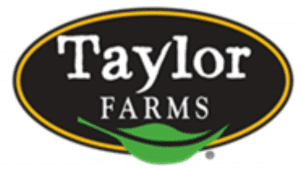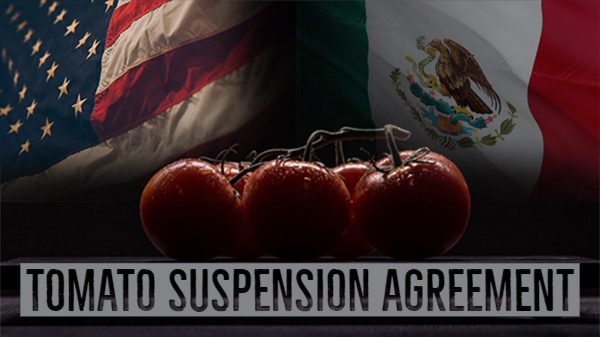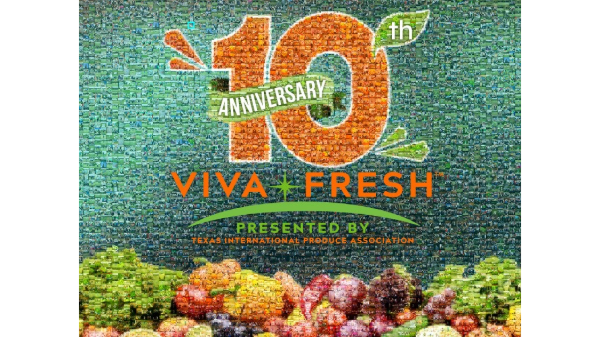Welcome to Blue Book!
Are you ready to join the thousands of companies who rely on Blue Book to drive smarter decisions? View our plans and get started today!
Still have questions? We’d love to show you what Blue Book can do for you. Drop us a line– we’ve been waiting for you.
Diversity & Tradition
With a few less merchants than its sibling market, the BMT has been around for decades as a pivotal part of the New England agricultural scene. Tommy Piazza, in sales for Community-Suffolk Inc., emphasizes the old real estate adage: the importance of location. “I believe the most optimistic aspect for the continued success in this area—is location.”
Piazza goes on to mention the diversity of the region, up and down the East Coast as well into the maritime provinces of Canada, for keeping both product and volume at the BMT highly interesting and continually evolving. This, he notes, is what makes Boston “a true hub for distribution.”
Additionally, Piazza explains, “I feel the produce business is a ‘people-powered’ industry, and the folks who operate out of the BMT are well [established] with grower-shippers and our customers based on close to 100 years of reciprocal good business relationships and practices. One of the greatest advantages for the Boston produce industry is its rich history; you just can’t beat a hundred years of great service.”
Fabulous Fruit & A Few Vegetables
As a growing region, Massachusetts is home to more than 7,500 farms, averaging just 68 acres each. A significant portion of this land—13,000 acres—is devoted to cranberry production, with most managed by small growers.
Cranberries are Massachusetts’ top crop, and the Bay State ranks second in national production. In 2012, Massachusetts contributed a sizeable chunk of the country’s total utilized production at 26 percent, though this was far less than number-one supplier Wisconsin, which accounted for the lion’s share of production at 60 percent. The other leading U.S. producers were New Jersey (7 percent), Oregon (5 percent), and Washington (2 percent) according to the USDA’s National Agricultural Statistics Service.
Annual sales for cranberries—primarily for processing, with only a fraction for fresh consumption—are generally in the $100 million range. Though 2012’s production value was just shy of $100 million (see chart on pages 48-49) and yield per acre reached 163.3 barrels (1 barrel equals 100 pounds), it was down from 2011’s stellar figures when yields topped 178 barrels per acre and production value climbed to $103.5 million.
Overall Massachusetts production for 2012 was 2.1 million barrels, down from the previous year’s 2.3 million barrels due to weather complications—including frost on early growth then high heat later in the season. Wisconsin, however, had a bumper year with 4.5 million barrels, while the remaining three producers all saw gains from 2011’s harvests: New Jersey (from 510,000 to 542,500 barrels), Oregon (from 361,000 to 400,000 barrels), and Washington (from 115,000 to 142,000 barrels).








